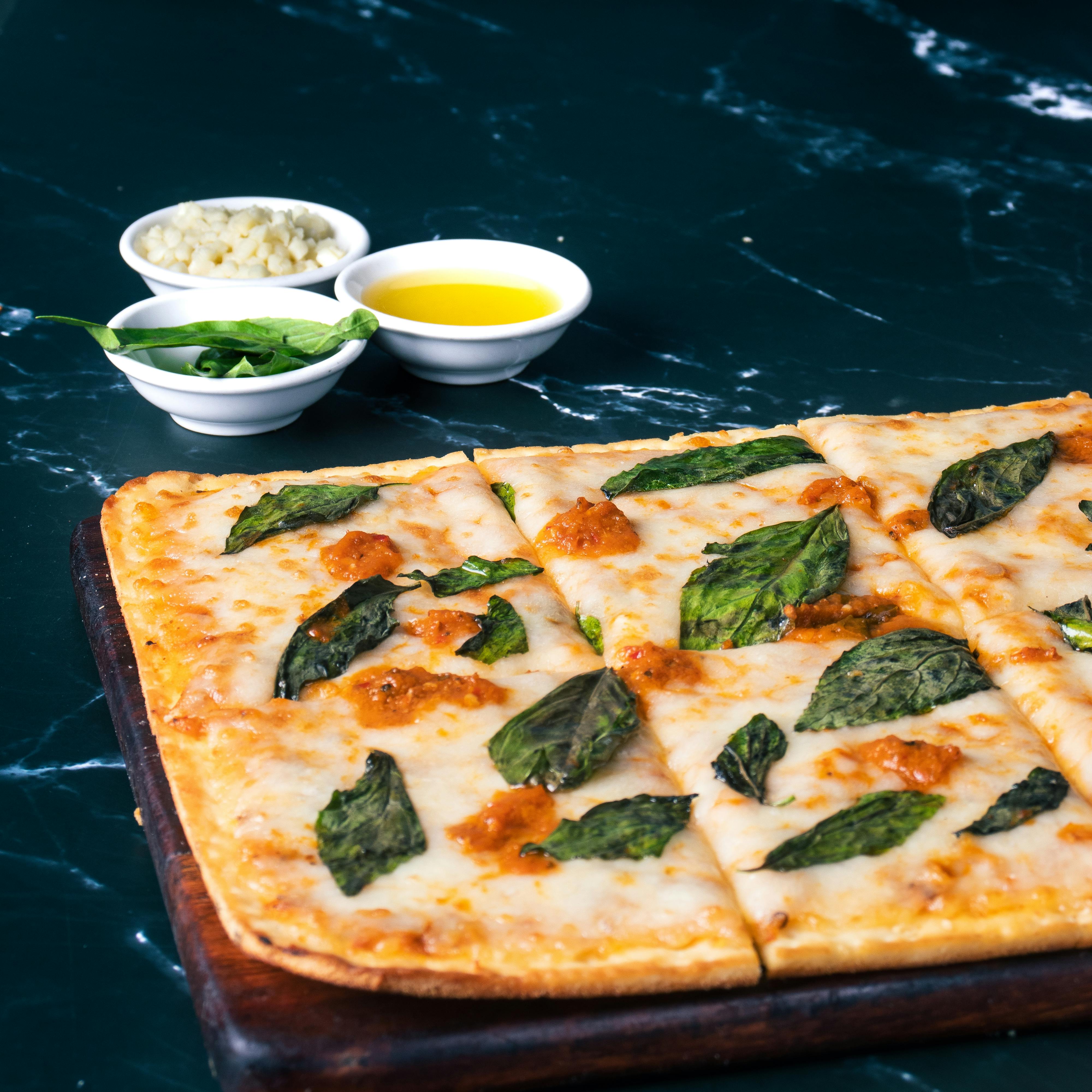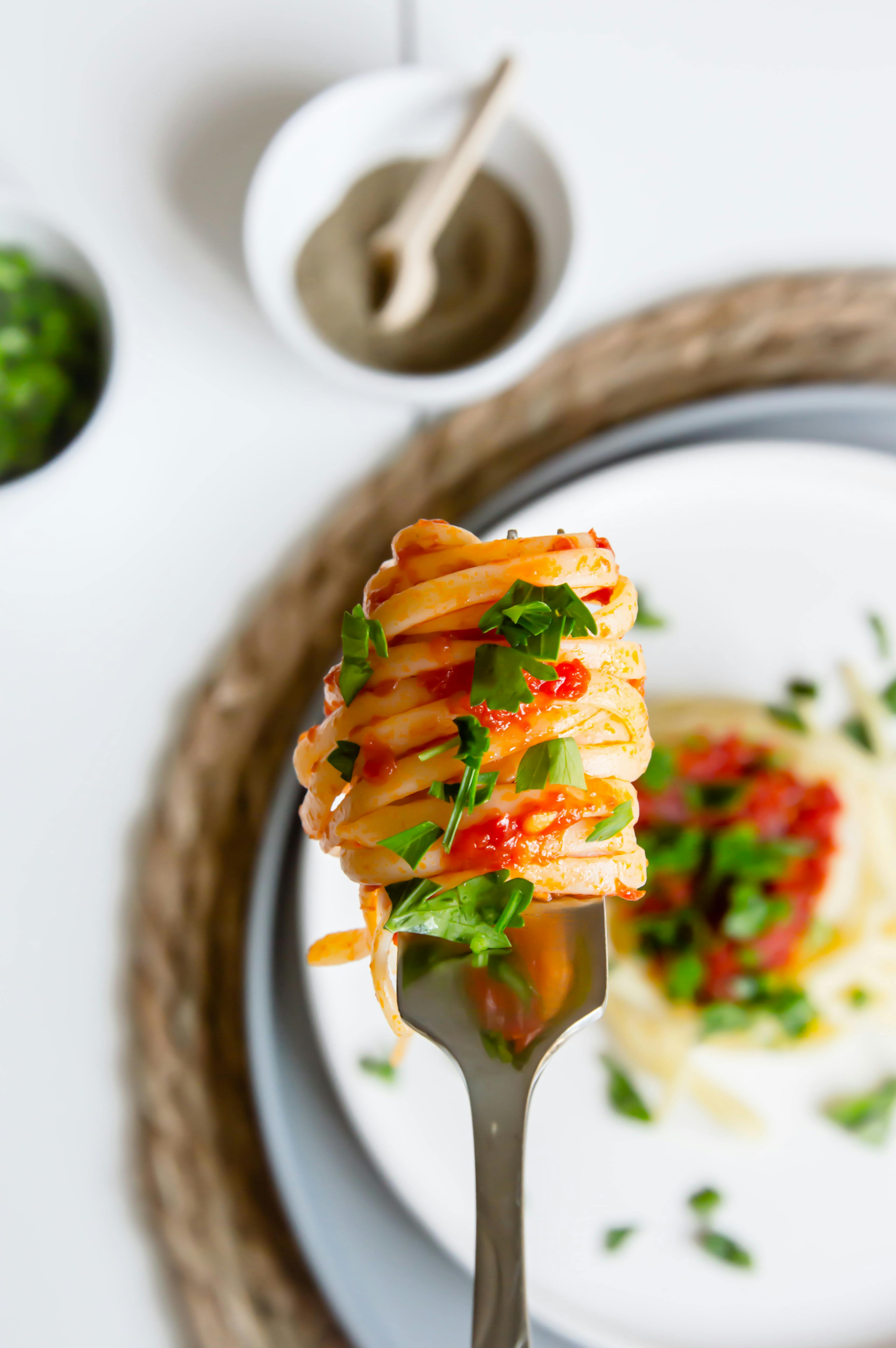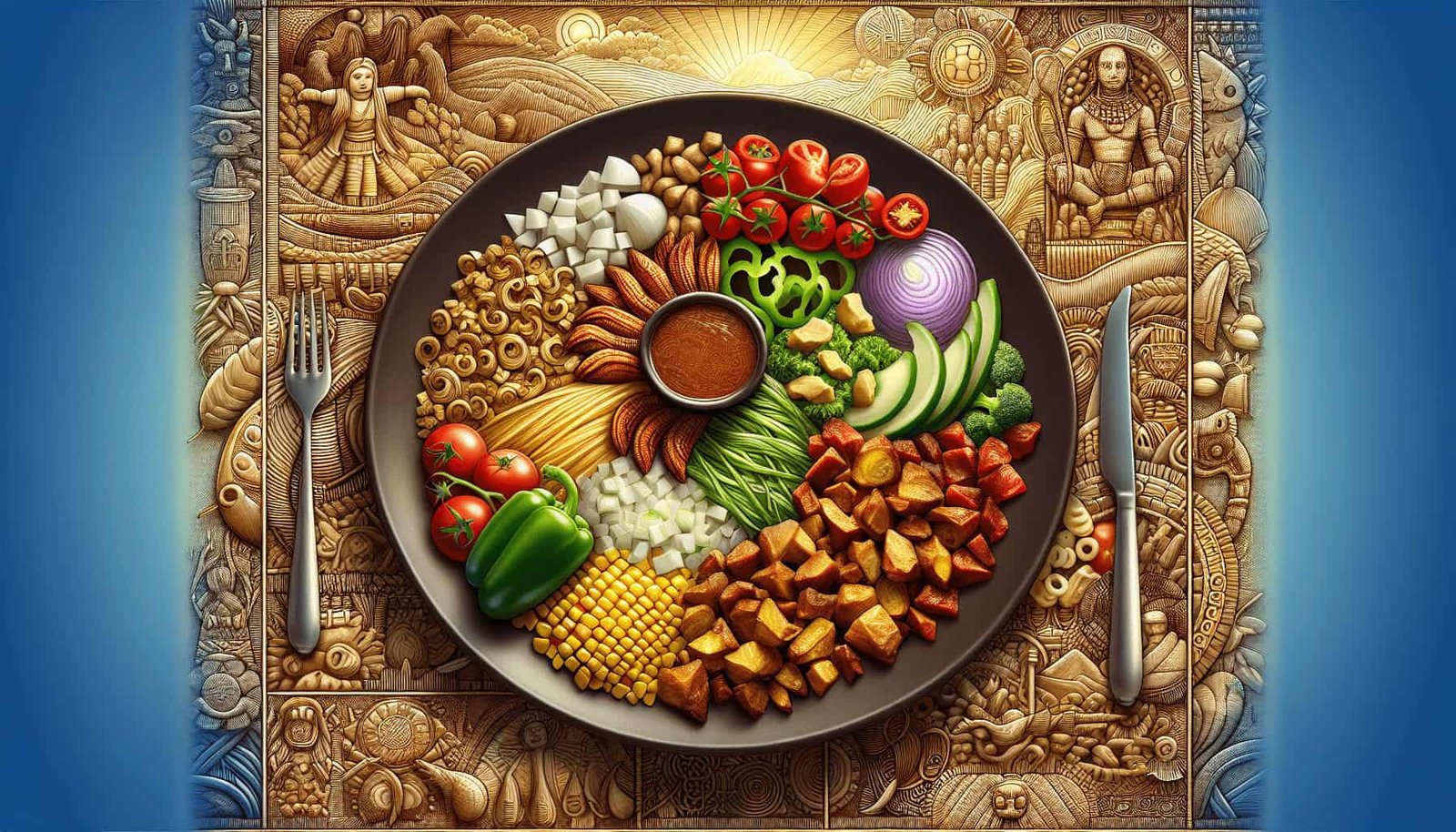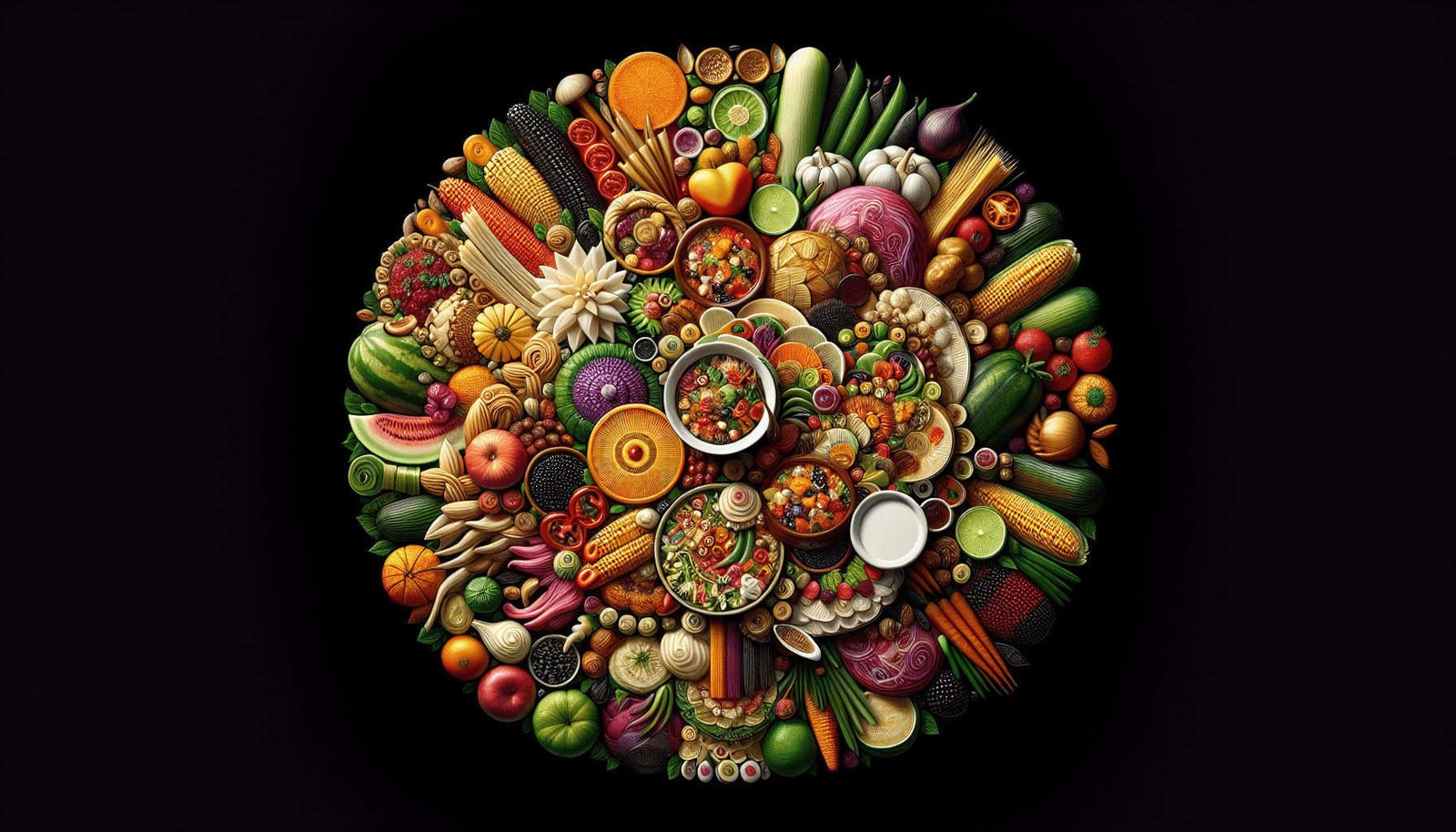If you’re a food enthusiast looking to explore the rich flavors and cultural heritage of Nicaraguan cuisine, then you’re in for a treat! Nicaraguan dishes are a beautiful reflection of the country’s history, with many recipes showcasing the influence of the Pre-Columbian civilizations that once thrived in the region. From hearty corn-based dishes to exotic fruits and traditional cooking techniques, there’s no shortage of culinary delights waiting to be discovered. So, let’s embark on a mouthwatering journey and uncover some delectable Nicaraguan dishes that pay homage to its fascinating Pre-Columbian past.

Introduction to Pre-Columbian Civilizations in Nicaragua
Nicaragua is a country rich in history and culture, and one aspect that truly stands out is the influence of pre-Columbian civilizations on its cuisine. Before the arrival of the Spanish colonizers in the 16th century, various indigenous groups thrived in this region, each with their unique culinary traditions. These pre-Columbian civilizations, such as the Maya, Aztecs, and Incas, left an indelible mark on Nicaraguan cuisine, which can still be witnessed today.
Brief Overview of Pre-Columbian Civilizations in Nicaragua
To truly appreciate the influence of pre-Columbian civilizations on Nicaraguan cuisine, it is important to understand the history of these civilizations. The Maya civilization was prominent in the region around 1500 BCE, followed by the Aztecs who extended their influence from present-day Mexico. Lastly, the Inca Empire reached the southernmost parts of Nicaragua. Each civilization brought its own unique ingredients, cooking techniques, and flavors, which continue to shape the culinary landscape of Nicaragua.

Influence of Pre-Columbian Civilizations on Nicaraguan Cuisine
The influence of pre-Columbian civilizations on Nicaraguan cuisine is most evident in the ingredients and flavors used in traditional dishes. From corn-based dishes to root vegetables and plantain specialties, fish and seafood delicacies, as well as meat and game creations, the incorporation of indigenous ingredients and cooking techniques can be seen throughout the country’s culinary traditions. Additionally, the use of herbs and spices, such as annatto, pipián, and achiote, adds depth and complexity to these dishes. Let’s explore some of the mouthwatering dishes that perfectly showcase this influence.
Corn-Based Dishes
Corn, or maize, is a staple crop in Nicaraguan cuisine and has been a significant part of the diet since pre-Columbian times. Its versatility and cultural importance are highlighted in traditional dishes like Nacatamal, a flavorful tamale filled with marinated pork, potatoes, rice, and achiote. Vigorón, another popular corn-based dish, combines boiled yuca, chicharrón (fried pork rinds), and curtido (pickled cabbage) nestled atop a bed of banana leaves. Indio Viejo, a hearty corn-based stew mixed with shredded beef, onions, tomatoes, and spices, is also a beloved Nicaraguan dish.

Root Vegetables and Plantain Dishes
Root vegetables and plantains are commonly used in Nicaraguan cuisine, showcasing the influence of pre-Columbian civilizations. Tajadas, thinly sliced and fried plantains, are a delicious side dish or snack often served with cheese or sour cream. Yuca con Chicharrón, a savory dish featuring fried yuca (cassava) and crispy chicharrón, is a testament to the indigenous roots of Nicaraguan cuisine. Vaho, a meat and vegetable medley steamed in banana leaves, highlights the use of root vegetables like yuca, carrots, and plantains.
Fish and Seafood Dishes
Nicaragua’s abundant water sources, including the Caribbean Sea and Lake Nicaragua, have shaped the country’s culinary traditions, especially when it comes to fish and seafood. Sopa de Mondongo, a hearty tripe soup filled with fish, is a unique blend of pre-Columbian and Spanish influences. Sopa de Pescado, a traditional Nicaraguan fish soup, is a flavorful blend of fresh fish, tropical spices, and vegetables. Another tantalizing fish dish is Vigorón de Pescado, which combines marinated fish, plantains, and fresh curtido for a truly indulgent culinary experience.

Meat and Game Dishes
Meat and game have long been part of Nicaraguan cuisine, often prepared using indigenous cooking techniques. Baho, a savory dish made of marinated beef or pork, yuca, plantains, and vegetables, is traditionally cooked in a banana leaf-wrapped parcel. Gallo Pinto, a beloved Nicaraguan breakfast dish, combines rice, beans, and spices, often served with eggs and a side of plantains. Nica Tacos, a modern twist on the traditional taco, typically feature marinated meats like chicken or beef topped with cabbage, onion, and a zesty sauce.
Fruit-Based Desserts
Nicaragua’s tropical climate provides an abundance of delicious fruits, and these flavors are wonderfully woven into the country’s desserts. Vigorón Dulce is a sweet variation of the savory Vigorón dish, featuring ripe plantains, fresh cheese, and sweet toppings like condensed milk and caramel. Rellenitos de Plátano are mouthwatering desserts made from mashed plantains stuffed with sweetened black beans and deep-fried to perfection. Churchill, a popular Nicaraguan dessert, is a delightful mix of shaved ice, sweet syrups, condensed milk, and various colorful toppings.

Beverages
Nicaragua boasts a range of refreshing and unique beverages that have been enjoyed for centuries. Pinolillo, a traditional corn-based drink, combines ground roasted corn, cacao, and spices for a rich and energizing treat. Chicha, a fermented corn or pineapple drink, offers a tangy and slightly fizzy taste that is enjoyed throughout the country. Cacao drinks, made from locally grown cacao beans, showcase the ancient tradition of using cocoa as a beverage, honoring the pre-Columbian roots of Nicaraguan cuisine.
Herbs and Spices in Pre-Columbian Cuisine
Pre-Columbian civilizations in Nicaragua also introduced a variety of herbs and spices that continue to play a significant role in the country’s culinary traditions. Annatto, known as achiote in Spanish, is commonly used for its vibrant red color and earthy flavor profile in dishes like Nacatamal and Baho. Pipián, a thick sauce made from ground sesame seeds, peanuts, and other ingredients, adds depth and richness to many traditional dishes. Achiote, derived from the seeds of the annatto tree, provides a distinct and vibrant red color to various dishes, including stews and marinades.
Influence on Cooking Techniques
In addition to ingredients and flavors, pre-Columbian civilizations also influenced cooking techniques that are still utilized in modern Nicaraguan kitchens. The use of ceramics and clay pots, like the comal and cazuela, allows for even heat distribution and imparts a unique flavor to dishes like tamales and stews. Traditional grinding techniques, such as the use of metates (stone slabs) and manos (handheld grinding stones), are employed to grind corn and other ingredients, maintaining the authenticity and connection to the past. Cooking over an open flame, whether it be grilling meats or roasting vegetables, is another technique that harkens back to the ancient culinary traditions of Nicaragua.
Conclusion
The influence of pre-Columbian civilizations on Nicaraguan cuisine is profound and continues to be celebrated and cherished by locals and visitors alike. Through the preservation of culinary traditions, Nicaraguans honor their ancestors and keep their rich heritage alive. Whether you’re savoring a delicious Nacatamal, indulging in the flavors of a Rellenito de Plátano, or enjoying the techniques passed down through generations, Nicaraguan cuisine offers a vibrant glimpse into the ancient flavors and traditions of this beautiful country. So, as you embark on your culinary journey through Nicaragua, be sure to embrace the homage paid to the pre-Columbian civilizations and immerse yourself in the rich and diverse tastes of this remarkable cuisine.